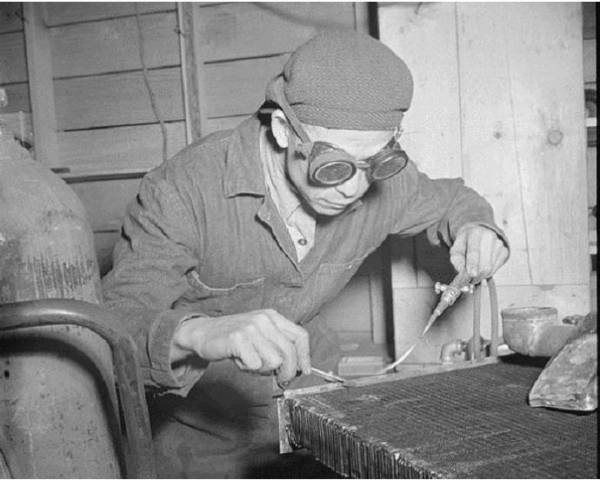Problems of the car radiator can affect the performance of the car very badly. Check out information on how to flush, fix and repair a car radiator.
How To Repair Car Radiator
One of the most important components of a car’s cooling system is the radiator. It should steer clear of any kind of leakages or blockages to function properly. The most important function of the radiator is cool down the engine and getting rid off the heat by circulating water through the pipes. It is recommended that the radiator should be flushed at least once in six months to make sure it runs smoothly. Check the water level once a week and refill if necessary. A non-sealed radiator should specially be cleaned regularly of insects, leaves, dirt or any another obstructions that may be visible. Take care not to scrape off dirt or grease lest you damage the core of the radiator. Though it is best to show your car to a service station, here are some instructions on how to flush and fix car radiators yourself. 

Image: See page for author [Public domain], via Wikimedia Commons
How To Repair Car Radiator
- Place your car on an evenly leveled surface where there are no dangers of traffic or the car rolling off. Switch off the engine and turn on the heater. Cover up the engine in order to protect it if water splashes.
- Now, take off the cap from the radiator and turn on the tap at the bottom of the radiator in order to let the water. Also, disconnect the upper and lower hoses of the radiator. In case the hoses are brittle or soggy, make sure your replace them with new strong ones.
- Notice carefully the water that comes out of the bottom tap of the radiator. If it is fairly clean, it is a good sign. However, if the water is brownish or indicates rust, then the radiator needs extra flushing.
- Take the water hose and pour water from the top of the radiator. Let the water gently flow through for sometime, flushing the radiator clean. You will know this once the water that flows out is clear.
- Now, flush the radiator from the bottom; this may be called reverse flush. The water should come out flowing from the top. After this, once again flush for a short while from the top. Don’t forget to flush through the engine cooling jacket to get rid off any deposits.
- In case the radiator is extremely dirty, consider using a can of radiator flush. For this, the hoses need to be fixed on the radiator again and then inserting flush to loosen up the corrosion. Run the engine for a while when you do this. After that, turn off the engine and flush as told previously.
- Once you finish flushing, the radiator tap should be closed and the hoses should be fitted back on. Then, fill the radiator with the coolant. Instead of plain water, opt for modern coolants that reduce corrosion.
- Check the radiator cap before replacing it back. In case it is rusted or looks worn out, replace it with a new one. Now start the engine and check if there are any leaks.
- Drive around and see if the cooling system functions properly. When you stop the car, keep the engine running and again check for leaks. Then check the coolant level in the engine and check if it needs topping.
See also
- BMW | Bajaj Auto Ltd | Bentley | Car Insurance | Cars in India | Concept Cars | Fiat | Ford | General Motors | Geneva Auto Show
More from iloveindia.com
- Home Remedies | Ayurveda | Vastu | Yoga | Feng Shui | Tattoos | Fitness | Garden | Nutrition | Parenting | Bikes | Cars | Baby Care | Indian Weddings | Festivals | Party ideas | Horoscope 2015 | Pets | Finance | Figures of Speech | Hotels in India : Delhi | Hyderabad | Chennai | Mumbai | Kolkata | Bangalore | Ahmedabad | Jaipur
- Contact Us Careers Disclaimer Privacy Policy Advertise With Us Lifestyle Sitemap Copyright iloveindia.com. All Rights Reserved.




